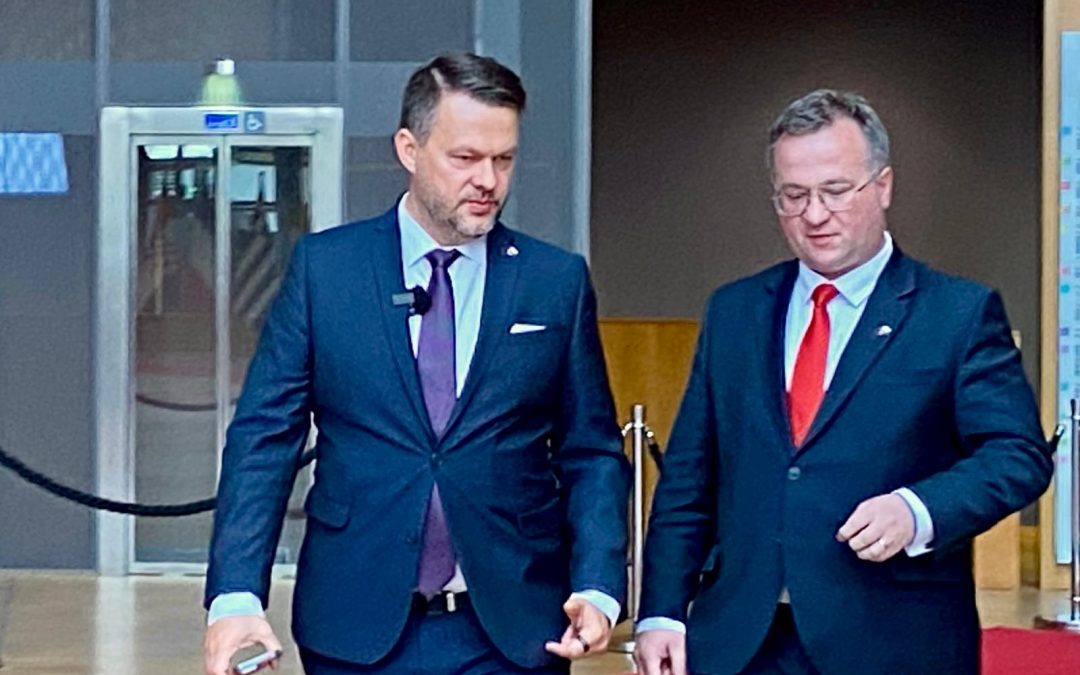Brussels – The Minister of Investment, Regional Development, and Informatization of the Slovak Republic Samuel Migaľ (independent) and State Secretary Radomír Šalitroš participated in the EU Council meeting on general affairs in the field of cohesion policy in Brussels on Friday. According to them, the main topic of the discussions was the adaptation of the cohesion policy so that the EU can respond to changing priorities and challenges it faces. This is reported by the TASR correspondent.
Migaľ described the cohesion policy as a tool through which Slovakia can draw money from EU funds and reduce pressure on the state budget. According to him, the debates in the Council of Ministers were also about making Brussels more effectively respond to the needs of countries and regions.
“I appreciated the approach of Poland, which is currently the presiding country in the EU Council, and I confirmed that we want to learn from Poland on how to successfully draw European resources,” said Migaľ.
The ministers also addressed the setting of the future multiannual financial framework, with Slovakia being among the countries that do not want to cut cohesion sources. Migaľ specified that Slovakia wants to maintain the funds that help regional development.
“At the same time, the question of financing the arms industry is opening up. Poland is active in wanting to use these resources. There are countries that want these resources not to be directly for the support of the arms industry, but for dual-use, both military and civilian. Discussions are about how to set it correctly so that the drawing is more precise and able to respond more to the situation of the countries themselves and not be decided bureaucratically from the Brussels level,” explained the minister.
Migaľ confirmed that his department is preparing a working trip to Poland so that the Slovak side can be inspired by the successes of their neighbors in drawing EU funds. Details of the visit to Brussels were fine-tuned with the Polish Minister for Development Funds Katarzyna Pelczyńska-Nalecz. He is expected to travel to Warsaw with State Secretary Šalitroš.
“We will compare experiences in the framework of drawing EU funds. Poland has certain processes that we want to be inspired by. They are much faster at drawing, approving funds, and in their control. We also have some processes that work better than in Poland, we can learn from each other,” said Šalitroš. He noted that Slovaks living near the Polish border know well what progress Poland has made over the last 20 years, surpassing the countries of the Visegrad Four in many indicators. According to him, the reason is more efficient drawing of EU funds for goals that the regions need most.
Migaľ emphasized that better drawing of EU funds will help consolidate the state budget because all resources obtained for road or bridge repairs will be a contribution to the budget through taxes paid. (March 28)
“The question of financing the arms industry is opening up. Poland is active in wanting to use these resources. There are countries that want these resources not to be directly for the support of the arms industry, but for dual-use, both military and civilian. Discussions are about how to set it correctly-“ Samuel Migaľ
 go to the original language article
go to the original language article
